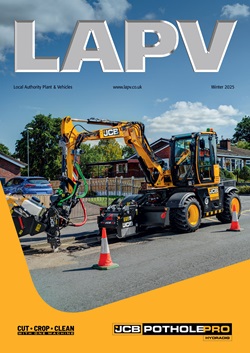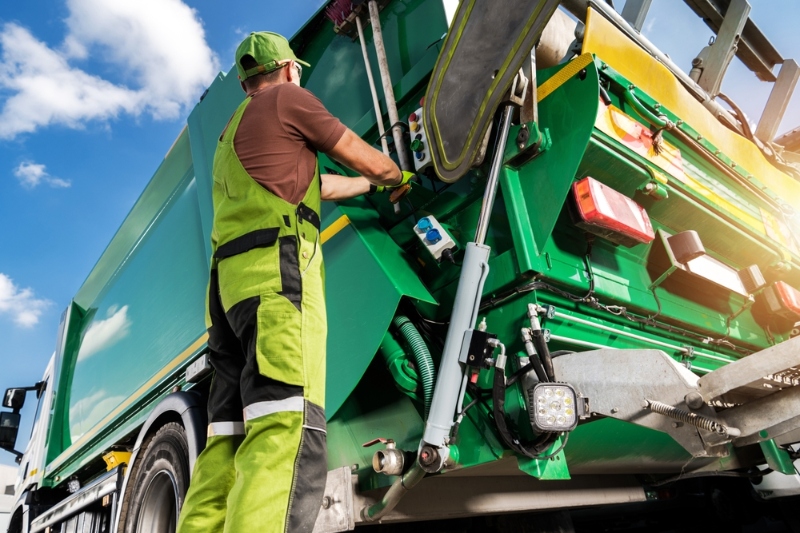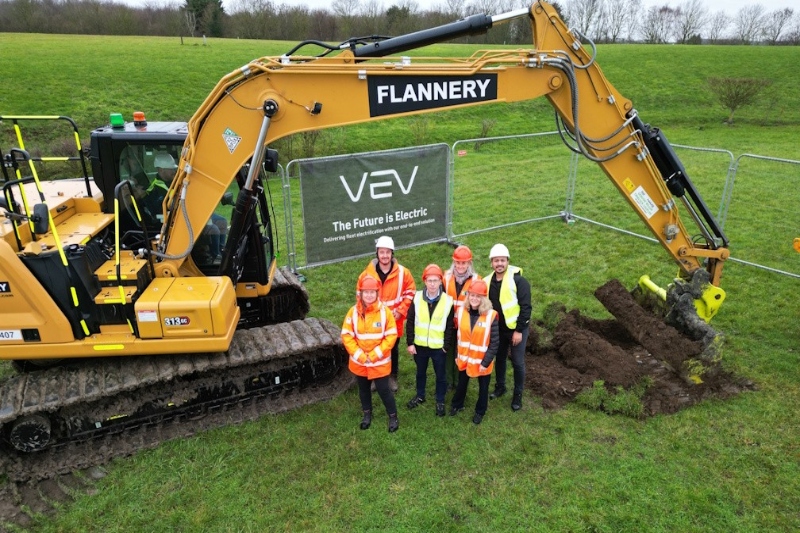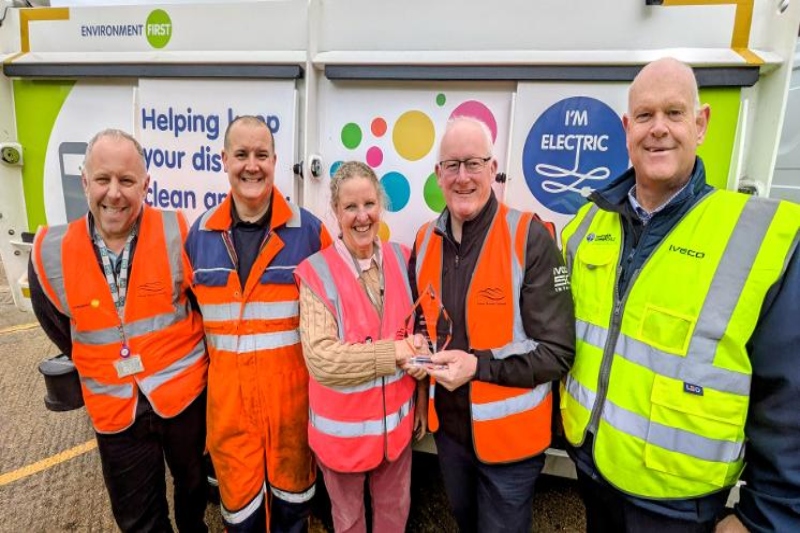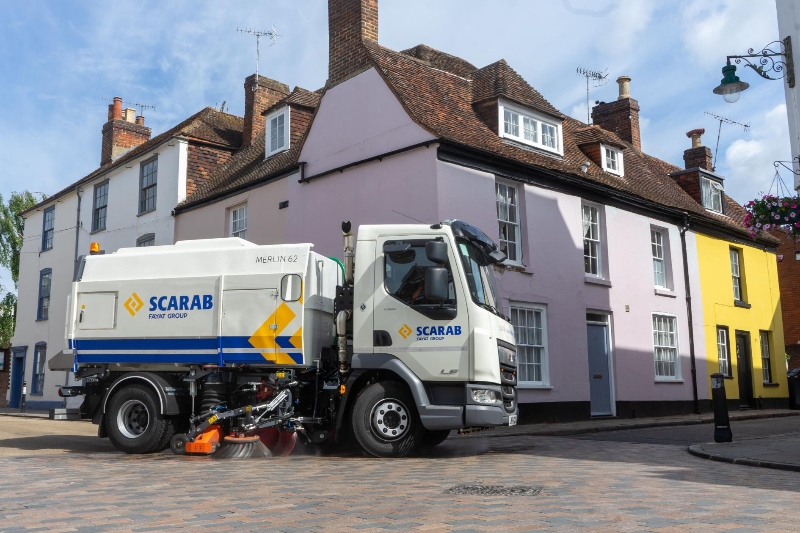The introduction of Euro V and VI emissions standards for vehicle engines, the emergence of Clean Air Zones and Air Quality Improvement Plans, and a target to phase out petrol and diesel vehicles by 2040 has led to an intensified focus on electric and other alternative fuels.
.jpg)
The public sector is in many areas leading the way, and half of all councils in the UK (around 200) have signed the Climate Emergency declaration committing them to reduce carbon emissions locally. There has been a marked shift over the past six months, and the appetite for electric municipal vehicle fleets amongst local authorities is growing, fast. These days it is rare to see a local authority fleet tender specification that does not mention or require a response regarding the viability of alternative fuelled vehicles. Predictably there are hotspots of interest in cities and urban environments, but there is also an upturn in interest from more rurally-based clients. For example, we recently delivered several electric vans to Hambleton District Council in North Yorkshire and the council has a vision of running a 100% electric fleet in the future.
Councils are therefore asking organisations such as SFS for recommendations for solutions that are realistic and deliverable. Our approach is to look at the total vehicle requirement and, where it makes practical and commercial sense, include a proportion of electric vehicles. It may also include specialist assets such as sweepers and grounds maintenance equipment. Still, primarily, it is the van and car market place where there is the broadest range of practical electric solutions is available.
For most of these options, one key consideration is that lead times are longer on the popular models than their diesel or petrol equivalents, with large fleet users pre-ordering the entire production output from certain manufacturers for several months. Production limitations will, however, be temporary and there will be a tipping point, especially with over 40 new models of electric cars and vans timetabled for introduction over the next two years. With such a large number of options on the horizon, at present, our advice is to procure an electric solution when you are confident that it will meet your full operational requirements. Do not just take what's currently available and hope for the best. It is likely to lead to a disappointing outcome.
Electric refuse vehicles – eRCVs
When it comes to refuse collection vehicles with complex moving parts such as compaction and lifting equipment, we are not aware of any eRCVs operating out there that have been designed with a fully electric chassis, body and bin-lift.
Currently, the electric RCVs we are seeing are demonstration models of vehicles designed to accept a diesel engine, which has been repowered to use an electric drive combined with a predominantly conventional transmission system. This approach is undoubtedly an essential step towards an electric future. However, arguably, it is not the finished article as the technology has limitations, which means loss of efficiency and high additional cost. Managing risk for clients can be very complicated with re-powered vehicles, with perhaps four different companies providing critical elements of the truck – one for the body, another for the chassis, the bin lift and the electric drivetrain.
For these reasons, at the moment when customers ask us for a retro-electric powered solution, we support them by evaluating all of the benefits and pitfalls so that they can make informed decisions. The price alone creates significant debate. Some will argue that a figure 2.5 times that of a standard RCV is prohibitive and rules the technology out, while others consider it excellent value for money to be an early adopter and provides a clear demonstration of a commitment to embrace greener solutions.
To take a unified step forward, what we need are fully-wrapped electric refuse vehicles from the leading Original Equipment Manufacturers (OEMs), with a comprehensive warranty and support package developed around vehicles explicitly designed from the outset for electric propulsion.
Both Mercedes-Benz and Dennis Eagle are on the verge of launching their first new all-electric eRCV's, the e-Econic and the e-Collect respectively. The first orders for these will likely be placed in the next 12 months, and the first clients will be those operating in areas with Clean Air Zones. Electric propulsion is matched to the power demand of an RCV in an urban environment where there are more lifts per mile and elements of the infrastructure is either already in place or easier to develop. In rural locations, it can be harder to justify the cost, with a more significant proportion of the energy spent driving the vehicle around without the efficiencies of servicing large numbers of properties.
Once these new vehicles are validated in operational environments and full-scale production starts, eRCV's will be routinely visible on UK streets. At the moment, there is not enough data, operational or otherwise, for operators to properly evaluate e-RCVs and make an informed decision. In SFS' view, we are probably one vehicle lifetime away from seeing widespread uptake of all-electric RCV fleets.
Turnkey solutions
Of course, switching to an electric fleet is a great way to reduce local emissions, but is only a 'whole solution' if the source of electricity is low carbon or generated from renewable sources. Besides this, the infrastructure, both local and national, needs to be in place to support such a profound change.
If we all switched our vehicles to electric overnight, the electricity grid could not cope. Not only do we need to increase capacity, but we also need to improve it using renewable or low carbon energy sources; otherwise, we are just moving the source of pollution from one region to another.
Electric fleets are inevitable, and our customers are looking for turnkey solutions, so we are increasingly looking at the infrastructure that these fleets will require. It makes sense for us to be involved, to make sure everything is in place and ensure that our clients can operate the vehicles we provide. The issue is one of scale; charging a few vans and cars is one thing but powering complete electric fleets is another, and there are major grid issues in some specific areas. Cross border working will be an inevitable solution for councils who can benefit from economies of scale through joint procurement, route optimisation, and sharing infrastructure and resources.
We are already recommending clients to make the necessary allowances for possible future power requirements when they are upgrading a depot or building a new workshop.
Skills shortages are another area for attention before we believe we will see widespread complicated electric vehicle adoption and acceptance, and we are taking steps to ensure that our staff are knowledgeable about these units. Our engineers are going through a bespoke IMI training programme, and we are working with the Energy Saving Trust to train our sales team.
Councils who procure and maintain their fleets who wish to make the transition to electric will need to prepare well in advance to ensure that they have the skills and resources necessary to operate, maintain and manage these vehicles.
We are investing time and resources to make sure that we are fully prepared to assist at every stage from training crews and engineers. We can advise on correct vehicle operation, servicing and maintenance, to advising on workshop, depot and local infrastructure, IT, fleet management and operational issues such as round management, as well as educating local communities about specific features of the new vehicles.
There is a unanimous view across the waste and recycling industry that electric is coming. To an extent, this has already started with many councils and private operators trialling one or two electric vehicles within their largely diesel fleets. The unknown quantity is how quickly technology, vehicle manufacturers, and the electricity grid, can respond to meet growing demand and deliver fully electric cost-effective fleets.


